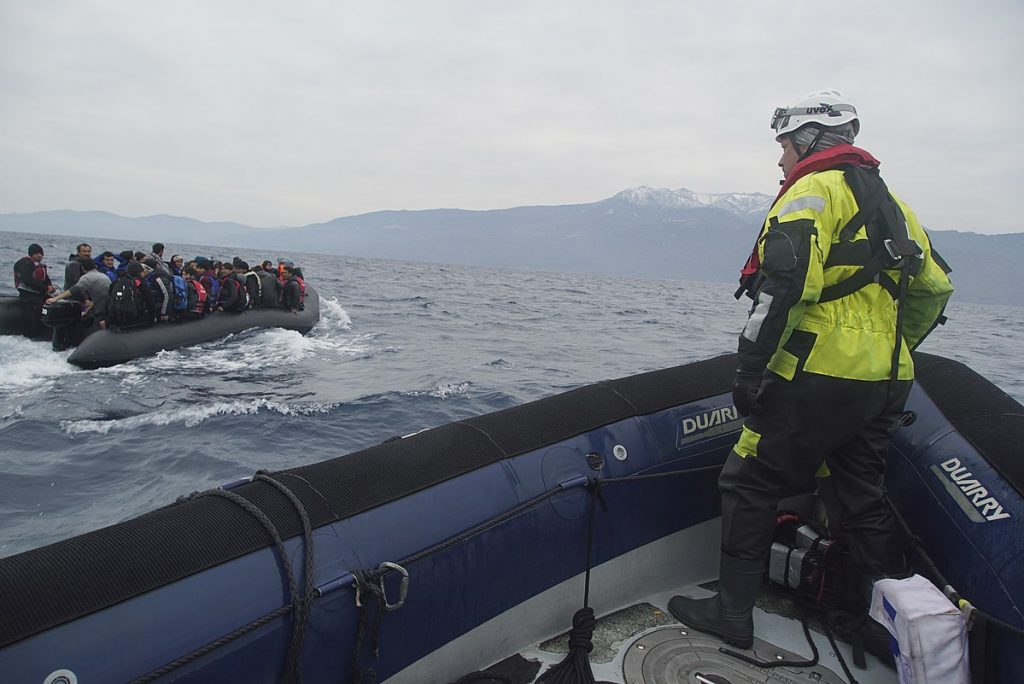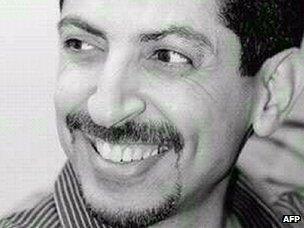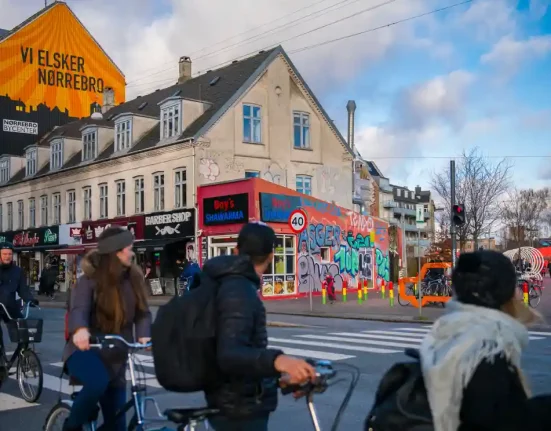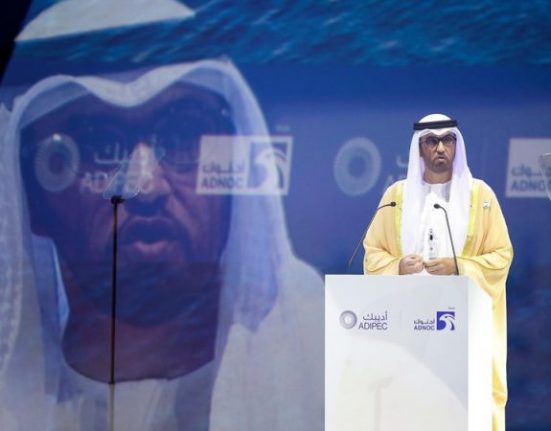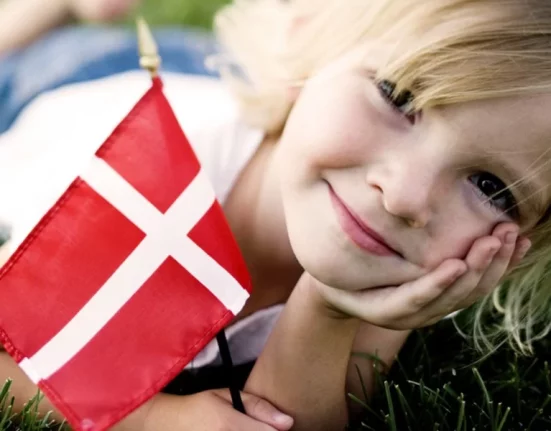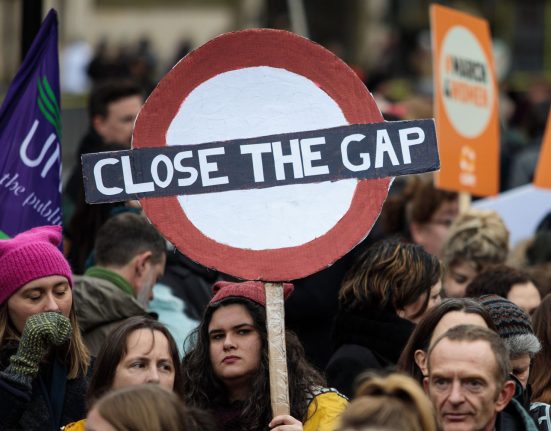While Denmark’s government celebrates the low asylum numbers, thousands lose their lives at sea en route to Europe. Unnecessary deaths that could be avoided with access to legal and safe migration
Many of the refugees who have obtained protection in Denmark and now drive the country’s buses or look after elderly citizens could just as well have drowned on their way here. Today, the number of new arrivals in Denmark is historically low, but this is only because arriving here has become more difficult and dangerous.
In the first three months of 2023, the number of drowned refugees and migrants in the Mediterranean Sea has increased so much that it is now higher than in 2017, the UN announced last week. The International Organization for Migration (IOM) estimates that the number of drowned between January and March this year was 530, but emphasizes that the real number is in all probability higher. UNHCR has an interactive page where you can continuously follow the number of drowned and rescued.
Last week, Italy declared a state of emergency — not out of grief for the hundreds of people who have drowned in its waters this year, but because the country has neither the coastal rescue capacity to save those in distress nor the will to receive those who manage to get ashore.
The state of emergency is introduced so that the Italian government can expel and deport refugees and migrants much more quickly without going through the normal procedure. The entry figures change every year, but Italy is currently one of the countries in the EU that receive the most.
The Central Mediterranean route between Libya/Tunisia and Italy has earned its name as the world’s deadliest migration route, as more than 26,000 people have lost their lives since 2014. Still, for many it is a better alternative than what they came from, and in the absence of safer escape routes, thousands put their lives in the hands of people smugglers and cross the sea in overcrowded boats every year. To the documented drowned must be added an unknown number of deaths, probably even much larger, that occur on the road through the deserts and at the smugglers’ collection points.
Many boats capsize along the way, and not all are attempted saved. The states around the Mediterranean and all sea vessels are obliged by international law to respond with sea rescue operations when a boat issues a distress signal. But a pan-European sea rescue initiative has never been established, leaving the task with individual countries who do not always live up to their responsibility to save the drowning. This year alone, it is estimated that delays or inadequate action in state rescue attempts played a significant role in at least six cases, and led to a minimum of 127 drowned. A large number of illegal pushbacks have also been documented, where the Greek authorities and FRONTEX have forced boats and their passengers back into international waters.
Add to this the agreements with the Libyan coast guard that the EU has negotiated in order to waive rescue responsibility and return as many boats as possible to the African continent. The agreements with the Libyan coast guard and the cooperation with Libyan militias on border control in the Mediterranean have meant increased patrolling and the criminalization of rescue work, resulting in a higher percentage of drownings. The coast guard has also been accused of shooting at refugee boats, such as in 2021 where an attack on a boat full of people was filmed by the Sea Watch rescue ship.
The Libyan coast guard has also come into conflict several times with the NGO ships that carry out non-governmental rescues of refugees in the Mediterranean. As recently as last month, they fired shots in the direction of a refugee boat in distress and the civilian rescue ship Ocean Viking, which was in the process of helping the 80 people on board. The NGO ships also often get into legal trouble with authorities in the EU countries where they dock: earlier this year, the Doctors Without Borders rescue ship’ Geo Barents’ was detained in Italy for the criminal importation of migrants after carrying out a sea rescue of drowning refugees.
Migration is a legal act. Everyone has the right to migrate, and everyone who arrives at Europe’s borders has the right to seek asylum. But access to safe and legal escape routes has gradually become so restricted that there is virtually no legal and safe way to reach Europe. Airlines and ferry companies receive high fines for taking a passenger on board without a valid passport and visa to Europe, and you can no longer apply for asylum outside European soil. It’s a paradox that you have a human right to apply for asylum, which most European countries respect, but you do not have access to make use of this right without breaking the law and putting yourself in further danger. And people are still on the move, even if their path is criminalized and made more dangerous – the reasons for their migration have not disappeared.
Instead, they are pushed directly into the arms of human traffickers and smugglers who make a good profit by transporting them across borders via dangerous routes such as the Central Mediterranean – simply because there are no other options. By cutting off access to legal and safe migration, the European states have thus created a new and far more deadly problem: escape and migration still take place, but the use of traffickers is far more widespread and the escape takes place via more dangerous routes, where many lose their lives along the way. Read more about the main routes to Denmark here.
At the same time, the European states themselves practice far more violence and violations of the rights of migrants and refugees, both by physical beating the men, women and children who arrive at European borders, and by preventing them from their legal right to seek asylum and protection. More and more illegal pushbacks are being documented, where European border guards use violence to force refugees back across the border without asylum processing. There are even cases where European border police push refugees back into the Mediterranean after they have arrived on European soil with their lives intact.
The current situation in the Mediterranean is neither a crisis, a natural disaster or a unavoidable product of global refugee flows: it is a catastrophic and direct consequence of many years of political decisions, for which Denmark is also responsible. And the loss of human lives in the Mediterranean can easily be avoided, but it requires a change of course: instead of criminalizing flight and pushing people into the arms of traffickers, we should ensure access to regulated, safe and legal migration routes. We have to prepare for more people from the global south to come here in a better, more regulated way and aim for a better distribution between the European countries. The war in Ukraine has shown that where there is a will, there is a way.
In a joint report, the UN Refugee Agency UNHCR and the OECD conclude that family reunification is the safest and most effective way for a refugee to get to safety. Access to family reunification should therefore be eased considerably in order to establish a secure asylum and migration system around Europe. But currently, the rules for family reunification are tight and the definitions of who counts as family are extremely narrow.
Another way to ensure the regulated flight is by reopening the possibility of applying for asylum from local embassies. Until 2002, Denmark was one of five European countries where this could be done, and the advantages are many – both for the asylum seekers, who avoid dangerous journeys, and for the receiving country, which can partially process the application in advance. At the same time, the number of resettlement refugees via the UN should be increased considerably. In the seven years from 2015 to 2022, Denmark has only taken 235 quota refugees.
A third way would be to facilitate access to legal, work-related migration. The Danish labor market has an increasing need for work force – both specialized labor in the short term and general labor for all sectors of society in the longer term. Part of this gap could be covered with a more systematic reception of refugees and migrants. Asylum seekers could be given the right to work while their case is being processed, and the possibility to stay due to work if their asylum is refused. It is already possible in Sweden, and will solve several problems at once.
We have written much more about the safe and legal alternatives in the report “Et mere retfærdigt og humant asylsystem? Hvidbog om alternativer til asylbehandling i tredjeland”, which you can find here with a summary in English. There you can also read about why the idea of asylum treatment in third countries will in no way solve these issues.


